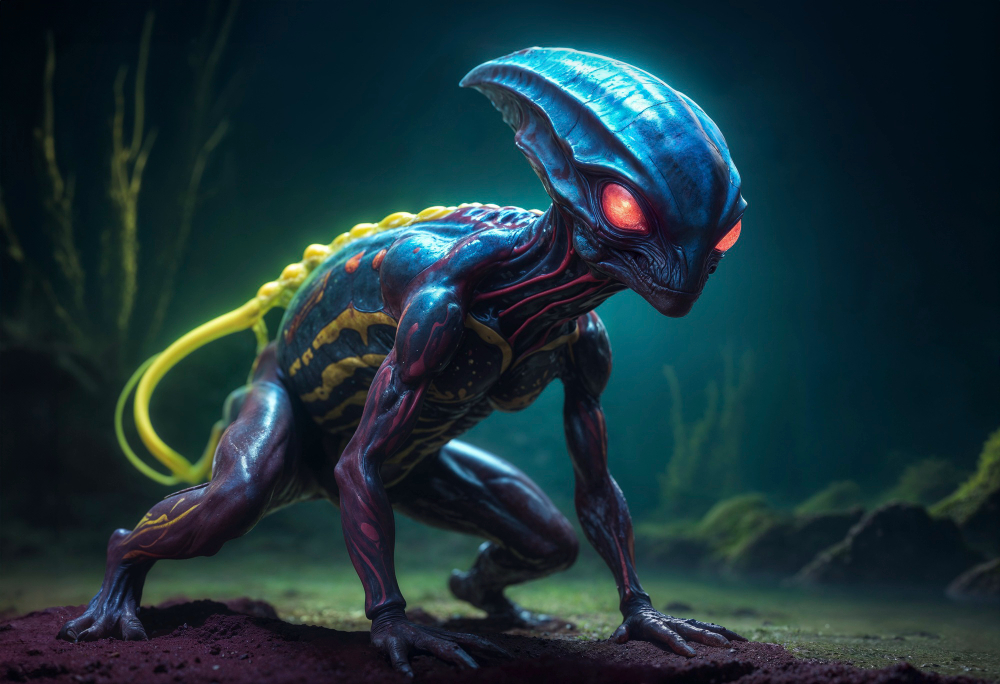Choosing the right low-poly ultimate pack for game projects is not just a thing about aesthetics; it’s a strategic decision that can impact gameplay, development efficiency, and overall player experience. These game assets, ranging from environments to characters, contribute significantly to the game’s look and feel, influencing everything from rendering speed to memory usage.
In the vibrant world of game development, the low poly art style has carved out its niche, offering a unique blend of aesthetic charm and practical benefits. Characterized by its simplified geometric shapes and minimalistic textures, low poly art has become synonymous with indie games, mobile titles, and some versions of even mainstream hits for its ability to convey a distinct visual identity while optimizing performance.
This blog aims to be your guide through the realm of low poly ultimate asset packs, offering a comprehensive comparison and evaluation of different asset collections available to game developers. Whether you’re embarking on your first indie project or looking to enhance an existing game or add it with new visuals, understanding the nuances of these asset packs can make all the difference in achieving your artistic vision and technical goals.
1. What are Low Poly Assets?
Low Poly Styled Art in 3D Modeling and Game Development
Low poly art is a style of 3D modeling characterized by its use of a minimal number of polygons to create objects and environments. Unlike high-detail models, which may use thousands or even millions of polygons, low poly models typically employ fewer polygons while maintaining visual coherence and stylized appeal.
Benefits of Using Low Poly Assets
- Performance Optimization: Low poly models are efficient in terms of rendering and processing power, making them ideal for mobile games and platforms with limited hardware capabilities.
- Stylistic Appeal: The clean, geometric shapes of low poly art can create a visually striking and memorable aesthetic that stands out in a crowded gaming landscape.
- Ease of Production: Simplified models are quicker to create and modify, allowing developers to iterate more rapidly during the design and development phases.
Importance of Asset Packs for Game Developers
Asset packs provide a crucial foundation for game development by offering ready-made collections of 3D models, textures, and animations. For developers, investing in a quality asset collection or pack can streamline production timelines, reduce costs, and ensure consistency in art style throughout the game. Some packs even include rigged simple people characters, which come with Mixamo support and unique features that set them apart from other offerings in the market. Whether designing interiors, creating expansive farms, building towering clouds, or intricate buildings, these versatile assets cater to a wide range of game environments and scenarios, making them indispensable tools for modern game developers.
2. Key Features to Consider
Choosing the right low poly ultimate pack involves evaluating several key features that can greatly impact your game’s development and aesthetic direction. Here are some essential considerations:
Essential Features in a Low Poly Ultimate Pack
- Asset Variety: Look for packs that offer a wide range of assets, including environments, characters, props, and special effects.
- Compatibility: Ensure compatibility with your game engine of choice (e.g., Unity, Unreal Engine) and other tools you use for development.
- Quality of Assets: Assess the quality of models and textures to ensure they meet your game’s visual standards and performance requirements.
- Support for Animation: Some packs include pre-rigged characters or support for animation tools like Mixamo, which can save time and effort during character integration.
- Versatility: Consider packs that cater to multiple game genres (e.g., RPG, survival, mobile games) to maximize their utility across different projects.
- Two Versions: Opt for packs that offer models in two versions: one with changeable materials and another with a single atlas texture. This provides flexibility for prototyping and performance optimization.
Highlighting these features ensures you find a great backpack that fits your current project needs and supports future expansions and developments.
3. Comparison of Top Low Poly Pack
When selecting a low poly ultimate pack, thorough comparison is essential to find the best fit for your game development needs. Here’s how to evaluate and compare different packs:
Evaluating Low Poly Ultimate Packs
Features: Compare the specific features offered in each pack, such as asset variety (e.g., nature elements, buildings, characters), animation support, and additional resources like textures and materials.
Compatibility: Check compatibility with popular game engines (e.g., Unity, Unreal Engine) and other software tools you use in your workflow.
Price Points: Evaluate the cost versus the value each pack provides, considering factors like asset quality, quantity, and additional support or updates.
User Reviews and Ratings: Research user feedback and reviews to gauge the pack’s reliability, ease of use, and overall satisfaction among fellow developers.
By comparing these aspects, you can make an informed decision that aligns with your project goals and budget constraints, ensuring you get the most out of your investment in low poly assets.
4. Case Studies and Examples
Showcasing Effective Use of Low Poly Assets in Games
Low poly assets have been instrumental in shaping the visual identity of many successful games across various genres. For instance, in the RPG genre, games like Sword & Sworcery have effectively utilized low poly art to create immersive worlds while maintaining optimal performance. This approach not only enhances the game’s visual appeal but also ensures smooth gameplay on a wide range of devices.
Integration into Different Game Genres
From survival games like Don’t Starve to mobile titles such as Alto’s Adventure, low poly graphics assets have proven their versatility. These games leverage the simplicity and distinct style of low poly art to deliver engaging experiences without compromising on performance or visual coherence. For instance, wild west-themed environments can be effectively created using low poly assets, adding a unique flavor to different game genres.
Games like Monument Valley and Crossy Road are prime examples of how specific low poly packs can contribute a lot to a game’s success. These games have utilized curated asset packs to create charming environments, quirky characters, and seamless animations that resonate with players across different platforms.
5. Low Poly Ultimate Pack: Choosing the Right Pack for Your Game
Selecting the Most Suitable Low Poly Pack
Choosing the right low poly ultimate pack requires careful consideration of several factors tailored to your specific game project. Begin by assessing your budget constraints, ensuring the pack aligns with your allocated resources. Next, consider your game genre and desired art style, ensuring the assets fit seamlessly into your visual narrative. Additionally, look for options to upgrade your purchased bundles to access more content or features.
Factors to Consider
Asset Variety: Look for packs that offer a broad spectrum of assets, including tables, games, chairs, and other environmental elements crucial to your game’s setting.
Compatibility: Ensure compatibility with your chosen game engine, such as Unity, to streamline integration and development.
Support for Animation: If your game requires animated characters, prioritize packs with Mixamo support or pre-rigged models to expedite production.
Simple People Characters: Consider packs that include rigged simple people characters. These models provide variety and flexibility, essential for diverse game development needs.
Tips on Testing and Prototyping
Before finalizing your purchase, engage in thorough testing and prototyping work with different packs. This process allows you to evaluate asset quality, performance impact, and overall suitability for your game’s aesthetic and technical requirements. Whether you’re focusing on low poly styled art, incorporating rigged simple people characters, or optimizing low poly graphics, testing ensures that the chosen assets align seamlessly with your project goals. This proactive approach not only helps in identifying any compatibility issues with your preferred game engine but also allows for adjustments to enhance the visual appeal and gameplay experience. By investing time in testing and prototyping, developers can confidently select the low poly ultimate pack that best fits their game’s needs, ensuring a cohesive and polished final product that resonates with players.

6. Future Trends in Low Poly Asset Development
Predictions and Emerging Trends
Looking ahead, the low poly asset market is poised for significant product advancements driven by evolving demands and technological innovations. As game developers seek more diverse and dynamic visual experiences, low poly packs are expected to incorporate advanced features such as cloud-based assets and AI-generated content.
Adaptation to Developer Demands
Asset packs are adapting to meet the growing needs of developers for inspiration, perfect assets, and tools that streamline 3d models and scene creation. This evolution aims to empower developers with greater flexibility and creative control over their projects, enabling them to build impressive worlds with ease.
Conclusion
In conclusion, selecting the right low poly ultimate pack is key for game developers to balance visual appeal and performance. We’ve discussed the importance of asset variety, compatibility with engines like Unity, and animation support. Choosing the right pack streamlines production and maintains artistic cohesion. Developers should explore various packs to fit their project’s budget, genre, and asset needs, fostering creativity and functionality. Future opportunities, such as those from platforms like 3DAiLY with generative AI tools, promise bespoke, high-quality assets that enhance creativity and efficiency in game development.



